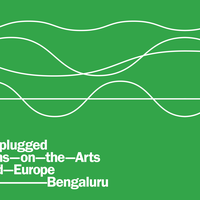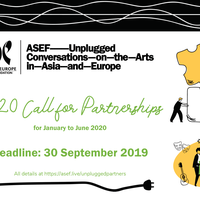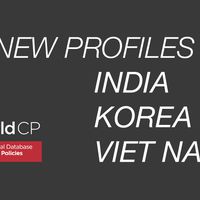Exploring Future Avenues for Cultural Policy Research in Asia and Europe
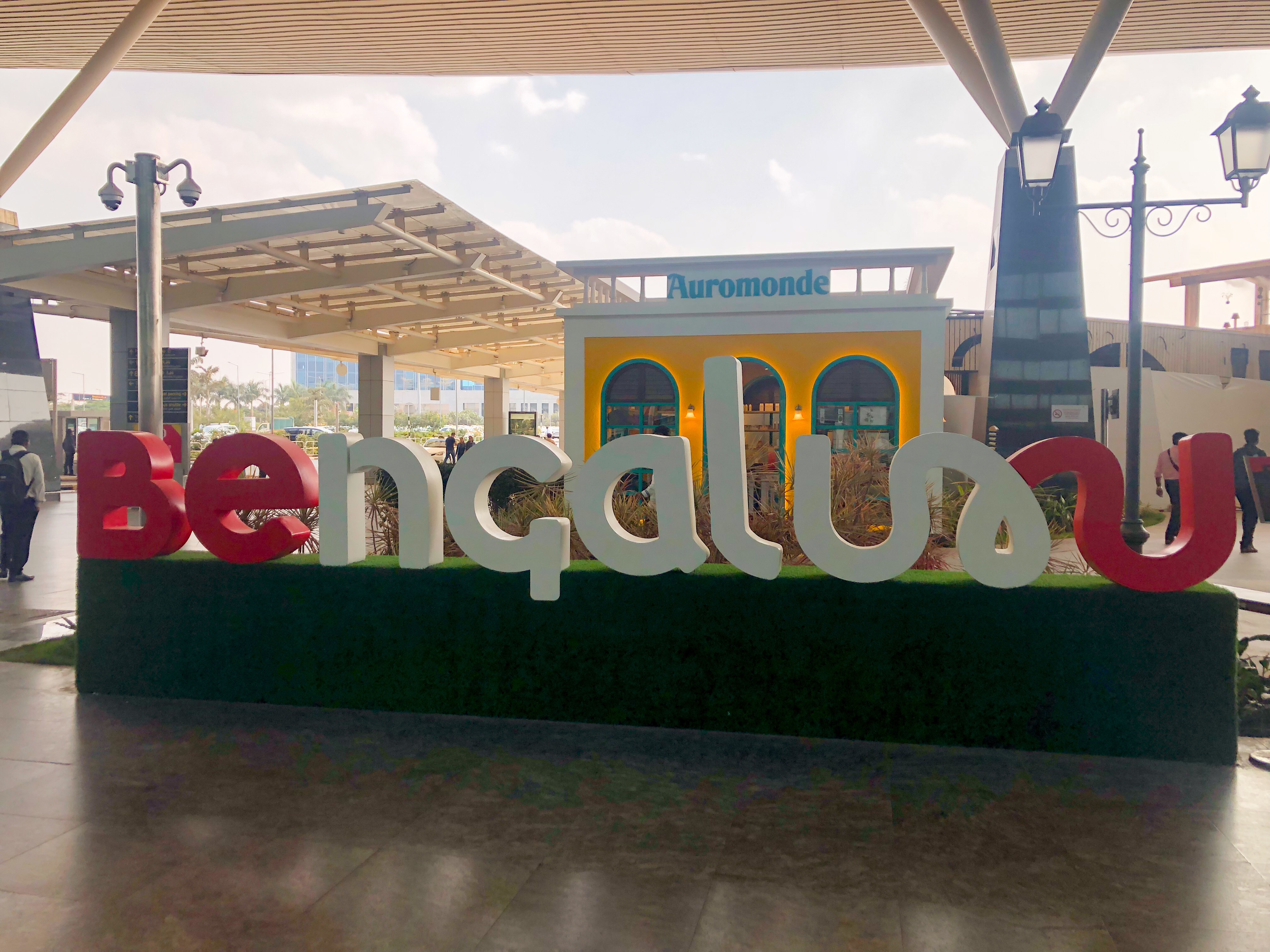
Bengaluru, India
What is the purpose of cultural policy research? Who is it for? And, how to present research in a user-friendly, accessible format? These were some of the background questions at the ASEF Unplugged closed-door brainstorming meeting that brought together 10 cultural and technical experts from Asia and Europe in Bengaluru, India on 28-29 January. Entitled “Reimagining a New Landscape: Cultural Policy Information System in the 21st Century”, the discussion was placed in the context of the efforts undertaken by ASEF and other organisations to establish a framework enabling accessible cultural policy information, and the need to design new approaches in this field. The meeting is part of a consultative process undertaken by ASEF in 2018 to evaluate the gaps and needs for cultural policy information systems in Asia and Europe.
One fundamental reference in this area is the Compendium on Cultural Policies and Trends in Europe, which has for several decades provided comparative information on cultural policy developments in over 40 European countries. In 2011, that model inspired the WorldCP International Database of Cultural Policies (launched in 2011), involving the International Federation of Arts Councils and Culture Agencies (IFACCA) as a global network and several regional partners, including ASEF in Asia. Whereas the global project is now discontinued, ASEF seeks to explore the format and long-term feasibility of a project on cultural policy information, connected to the European Compendium and in line with ASEF’s goals of providing information services, supporting cultural practice and facilitating conversations between Asia and Europe.
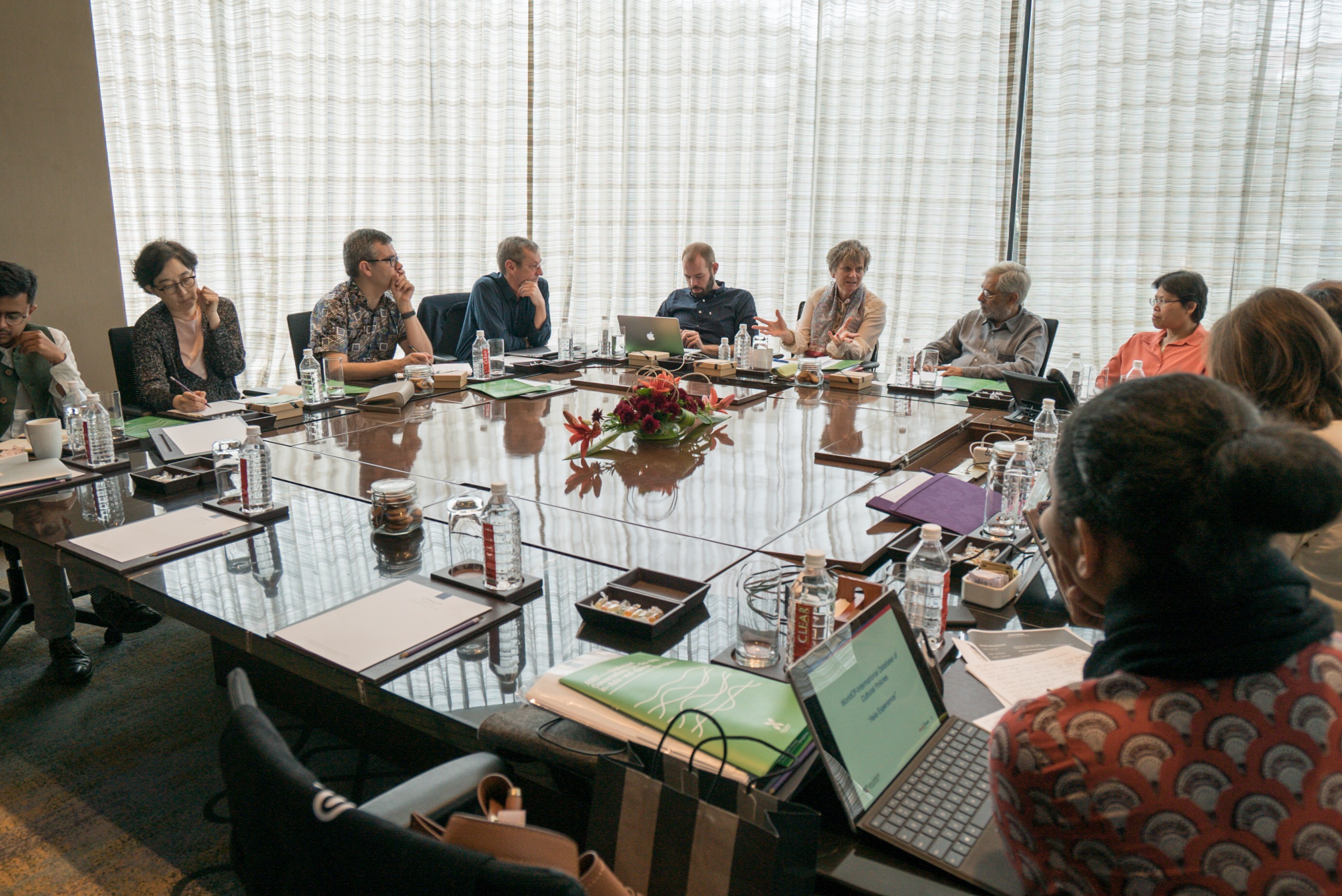
ASEF Unplugged-Bengaluru, closed-door meeting among cultural and technical experts from Asia & Europe (28-29 January 2019, Bengaluru, India)
The discussion in Bengaluru was rich and inspiring, providing some ideas for future work and raising some questions to be further explored in the coming months. The following 10 key aspects serve to summarise the themes addressed during the meeting:
- Providing context and narrative to understand policy trends. Participants agreed that a platform providing information on cultural policy is necessary. Beyond the presentation of ‘raw’ data, it should help to understand the broader context in which policies unfold, including the thread that connects politics, priorities, policies, strategies, implementation and results. Ultimately, it should contribute to understanding current trends and anticipating the future. The Sahapedia online resource on the arts, cultures and heritage of India was mentioned as an illustrative example in its own field, the approach of which could provide inspiration.
- A broad, holistic understanding of cultural policy and how it relates to everyday stories. The project should adopt a broad approach to cultural policy, somehow contesting trends to focus on the creative industries, culture as national identity, or cultural diplomacy exclusively. The holistic understanding of cultural policy should enable connections with other policy domains and address currently ‘hot’ aspects (e.g. censorship, climate change). An effort should also be made to connect policy issues with developments on the ground, including individual stories of artists and cultural professionals, highlighting their ‘invisible policy dimension’.
- An ecosystem of stakeholders. Cultural policy research should concern itself with the action of several agents that play a role in cultural life, and their interactions. This includes national governments, but also local and regional governments in many countries, as well as private companies, civil society agents, etc. Within governments, both bodies explicitly in charge of culture and other ministries and units that inform cultural development should be taken into account.

ASEF Unplugged-Bengaluru on Reimagining a new landscape: Cultural policy information system in the 21st century, 28-29 January 2019, Bengaluru, India
- Many sides to the cross-national dimension. Providing cultural policy information across countries in Asia and Europe can serve several purposes. Among them is the comparison of trends and developments, which, whilst useful, also has some limitations, not least those that result from the diverse geographical area covered. There is also a potential to foster learning and to engage in a conversation, somehow contributing to a knowledge space on policy-related issues.
- Connecting research with other processes underway. Rather than an isolated process, any proposed cultural policy research programme should be seen in conjunction with other ASEF projects, with which synergies can be built. These include the ASEF Unplugged conversation and debate series, and the forthcoming ASEF Roadschool capacity-building initiative, which will provide training in cultural policy, among other areas. Partnerships with other organisations and programmes could also be sought.
- Defining target groups. As in other communication processes, correctly defining the relevant target groups becomes fundamental. Cultural policy research is traditionally aimed at a ‘core group’ of policymakers and academics. However, other sectors, including artists, cultural professionals, civil society activists and professionals in areas related to culture (e.g. education, health, social inclusion, economic development, environment) could be interested as well, on a regular or occasional basis, provided contents are communicated appropriately.
- Identifying the right formats. Previous efforts under the WorldCP International Database of Cultural Policies project focused primarily on the elaboration of extensive and detailed national cultural policy profiles – this has proven time-consuming and complex, given the scarcity of information available in many countries and the limited suitability of existing templates to diverse contexts. With a view to the future, it seems more appropriate to develop shorter profiles and articles addressing developments within one or several countries, or having a specific thematic focus. Some previous experiences, such as the ASEF culture360 Magazine section, could operate as examples. Longer country profiles could also be considered at a later stage.
- Using diverse media and language. With the aim of reaching a diverse constituency, including non-specialists, several media and styles could be used, including podcasts and illustrated stories – the UK’s Creative Health report, in its combination of formats and accessible style, was mentioned as an interesting example. The language used should be accessible, and the possibility of making texts available in more than one language could be relevant as well. This could also facilitate the engagement of authors not familiar with English, whose texts may be published in their original language and translated into English.
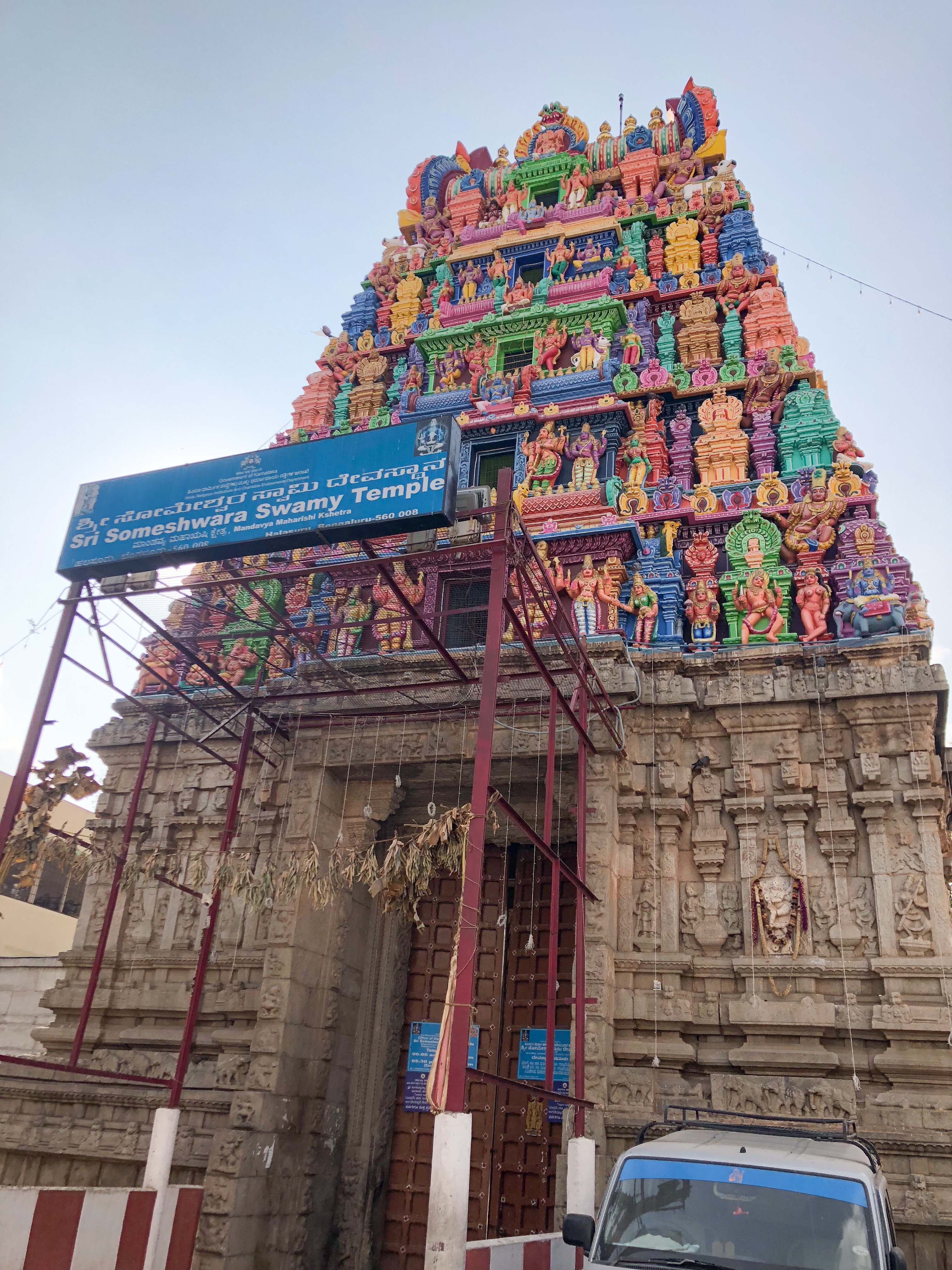
ASEF Unplugged-Bengaluru heritage walk along Ulsoor, Bengaluru
- Guaranteeing trust. In the vast online world, how to ensure that users trust a new platform? Among the several possible answers, the importance of guaranteeing good-quality information and the possibility of enabling interaction between users and authors were suggested.
- Fostering dynamic, ongoing engagement. With the aim of generating a community of practice and knowledge, opportunities should be sought to facilitate online discussions and other forms of user engagement – a challenging task due to the diverse audiences involved and the complex issues addressed. The aim of fostering engagement also means that, rather than being the final output, the publication of new content should be seen as a step in an ongoing process.
The meeting in Bengaluru helped to clarify some key issues on the future of cultural policy information systems in Asia and Europe, but also left some new questions that will be addressed in the coming months. Watch the WorldCP International Database of Cultural Policies and ASEF Unplugged pages – there’s more to come later in 2019.
Follow more conversations on arts, culture and heritage at #ASEFunplugged #ASEFculture
ASEF Unplugged is a new event series of the Asia-Europe Foundation focusing on informal peer-to-peer conversations on arts, culture and heritage. It responds to the growing demand from conference audiences for more interactive formats that allow for greater engagement of participants beyond being mere receivers of information.
To know more about ASEF Unplugged & to keep updated of our upcoming events, please visit: https://asef.live/unplugged
ASEF is publicly funded by over 50 partner countries of the Asia-Europe Meeting (ASEM), an informal political dialogue process. India is an ASEM partner country.
Written by: Jordi Baltà Portolés
About the author:
Jordi Baltà Portolés is the current Editor of the website of ASEMUS (https://asemus.culture360.ASEF.org)
Similar content
from - to
28 Jan 2019 - 29 Jan 2019
deadline
31 Oct 2019
posted on
06 Jan 2014
26 Mar 2019 - 26 Mar 2019
19 Mar 2019
from - to
27 Jul 2011 - 28 Jul 2011

